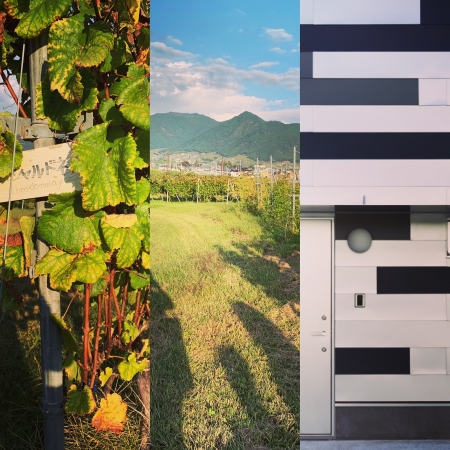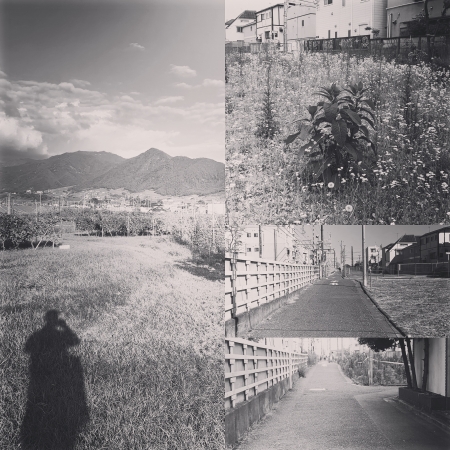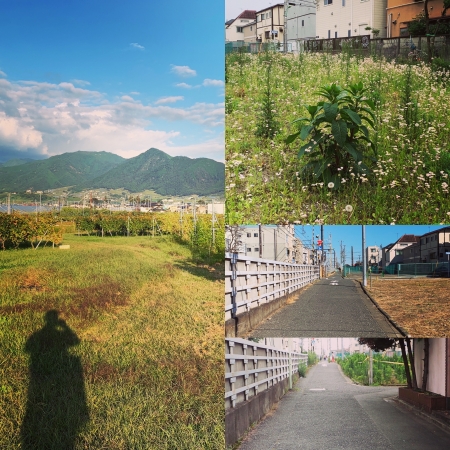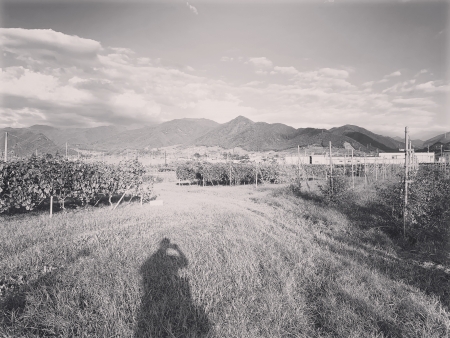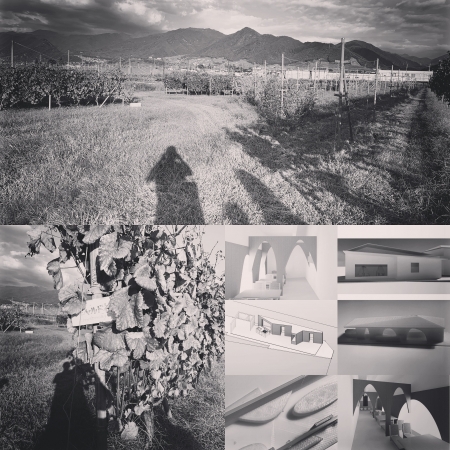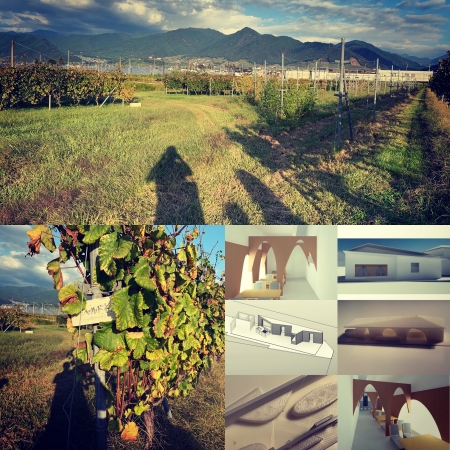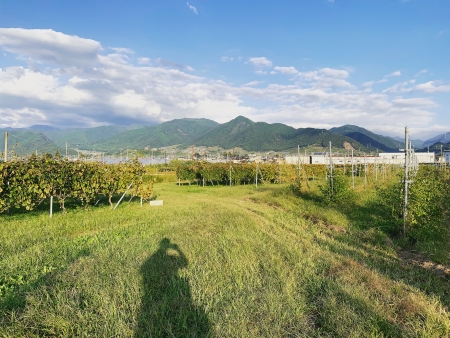つけ加える
ついいろいろと着飾ってしまい、何がしたかったのかがブレてわからなくなり、後になってはじめに考えていたこととは違うことをしていて困ることがある。困るのは、途中でつけ加えることは良いことでも本質がブレては意味がないとは思っているからだが、つけ加える必要があるならば本質がブレても構わない、周りは困るだろうが、結果的に良い方向に持っていけばいいだけだとして見渡してみたら、まだまだ足りない、たくさんつけ加えて、ダメならばやればいいができるのがつけ加えるの良いところ。
"Add"
I've been dressed up in various ways, and I don't know what I wanted to do, and sometimes I'm having trouble doing something different from what I was thinking at the beginning. The problem is that it is good to add in the middle, but I think that it is meaningless if the essence is blurred, but if it is necessary to add it, the essence can be blurred, the surroundings will be troubled, but the result If you look around as you just have to take it in the right direction, it's still not enough, add a lot, and if it doesn't work, you can do it.

